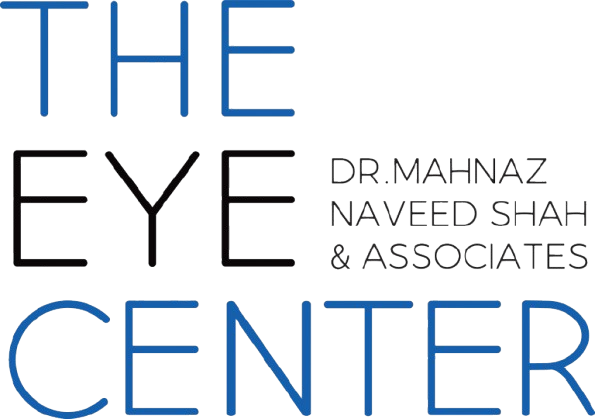How Can Seeing an Eye Doctor Who is a Uveitis Specialist Help Me Better Manage My Uveitis and Preserve My Eyesight?
Source By: American Academy by Ophthalmology Uveitis is a serious eye condition that requires expert care. When you have uveitis, inflammation in the eye can lead to complications such as cataracts, glaucoma, and retinal damage, all of which can affect your vision. Visiting an eye doctor who specializes in uveitis offers a personalized and proactive […]
Glaucoma Surgery Recovery: What to Expect and How We Care for You
At The Eye Center – Dr. Mahnaz Naveed Shah & Associates, Karachi, we understand that recovering from glaucoma surgery can be a source of concern for many patients. Our dedicated team is here to provide compassionate support and guidance throughout your recovery journey, ensuring you have all the information and care you need to heal […]
Best Glaucoma Care in Karachi
Dr. Mahnaz Naveed Shah is an outstanding glaucoma specialist and surgeon in Karachi who is renowned for her expertise and compassionate care. Dr. Mahnaz has trained fully from medical college to residency training and fellowship training at the best centers in The United States.With over 25 years of experience in ophthalmology, Dr. Mahnaz excels in […]
The Best Retina Specialists in Karachi
For teh best retina care in Karachi, visit The Eye Center, is home to some of the city’s best retina specialists. Dr. Shahab Siddiqui renowned for his expertise in retinal detachemts, diabetic retinopathy and macular degeneration, macular holes and other retinal problems offers personalized treatment plans. Dr. Ali Zia, with extensive experience in retinal surgery, […]
Best Option for Selective Laser Trabecuoplasty in Karachi
Selective Laser Trabeculoplasty (SLT) is now available for glaucoma patients at The Eye Center in Karachi, marking a significant advancement in local eye care. SLT is a cutting-edge, minimally invasive laser procedure designed to lower intraocular pressure in glaucoma patients, offering an effective alternative to traditional eye drops and surgeries. It can also be used […]
Best Cataract Surgeon in Karachi
Dr. Mahnaz Naveed Shah is widely acclaimed as one of the best cataract surgeons in Karachi. With years of experience and a stellar reputation, she along with her team of superb eye specialists and technicians has transformed the lives of countless patients. Her expertise in lens calculations, diagnosis and advanced cataract removal techniques ensures the […]
What are Cataracts?
What are Cataracts?If you have a cataract that means your natural lens has become cloudy or foggy.You may be experiencing blurring of vision just like looking through a dirty windshield of yourcar. Photo Credit AAO How do I know I have Cataract?You may be developing a cataract if you are experiencing the following changes in […]
Dr. Mahnaz Naveed Shah: Karachi’s Premier Cataract Surgeon for Superior Vision
Looking for the best cataract surgeon in Karachi? Meet Dr. Mahnaz Naveed Shah, a renowned expert in ophthalmology dedicated to restoring clear vision and enhancing eye health. With a stellar reputation built on precision, expertise, and patient-centric care, Dr. Shah is your trusted partner in achieving optimal vision outcomes. Specializing in cataract and glaucoma surgery, […]
Best Eye Specialist in Karachi
Are you seeking top-notch eye care in Karachi? Dr. Mahnaz Naveed Shah, a distinguished United States trained ophthalmologist with over 20 years of experience is renowned for her expertise, experience and compassionate approach. With years of experience and a commitment to true excellence, Dr. Mahnaz Naveed Shah stands out as the go-to eye specialist for […]
Why are Toric Intraocular Lenses better for me after cataract surgery if I have astigmatism?
Toric intraocular lenses (IOLs) offer significant benefits for individuals with astigmatism undergoing cataract surgery. Unlike traditional spherical lenses, toric IOLs are designed to correct both cataracts and astigmatism simultaneously, reducing dependence on glasses or contact lenses post-surgery. By addressing astigmatism, toric IOLs can improve visual clarity and quality, enhancing overall satisfaction with the surgical outcome. […]
